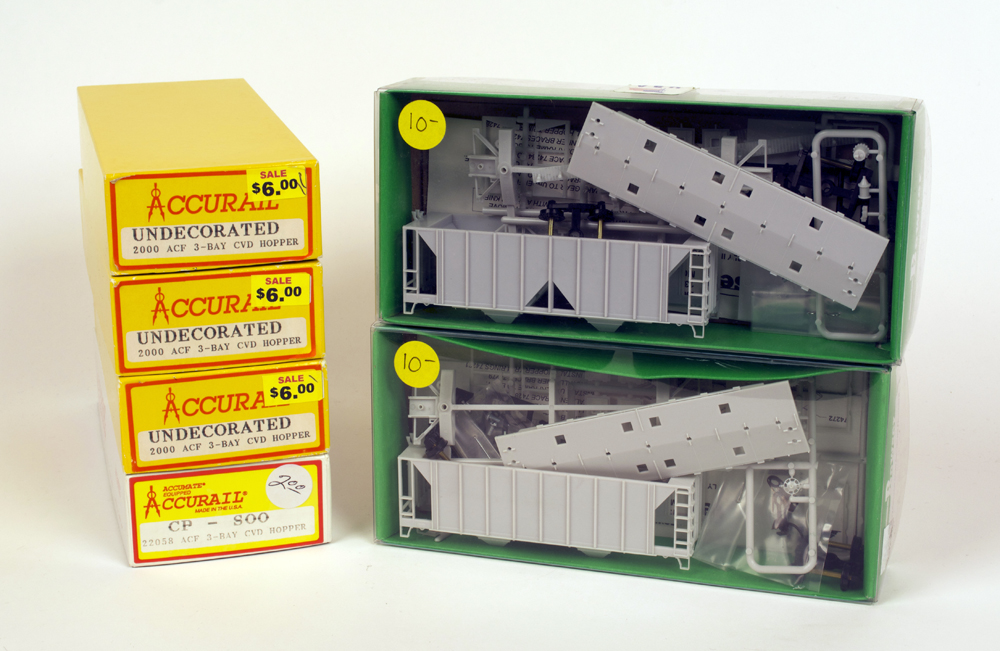
There’s a robust market for secondhand model railroad products today. Hobby shops, online auction websites, and swap meets are a few of the typical places you can find used locomotives, freight cars, and structures, among other items. In recent years, sellers have taken to non-hobby channels for secondhand trains, such as Craigslist and Facebook Marketplace. […]
Read More…
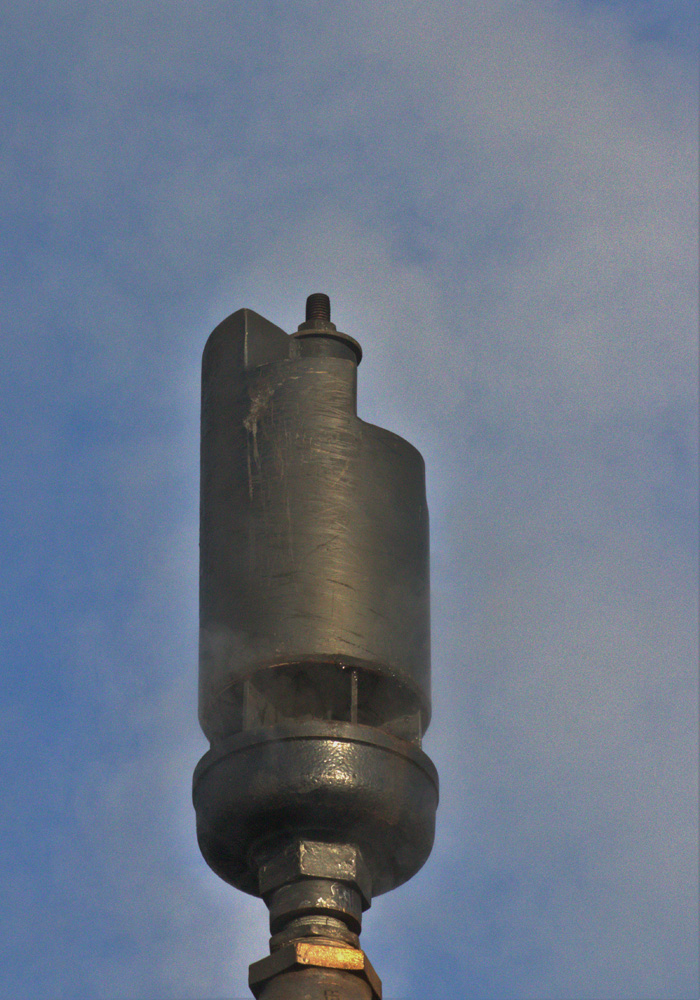
Q: When did the grade crossing whistle signal change from two longs and two shorts (— — o o) to two longs, a short, and a long (— — o —) and under what authority? I model 1907 and I have several early rule books that all have it as two longs and two shorts. […]
Read More…
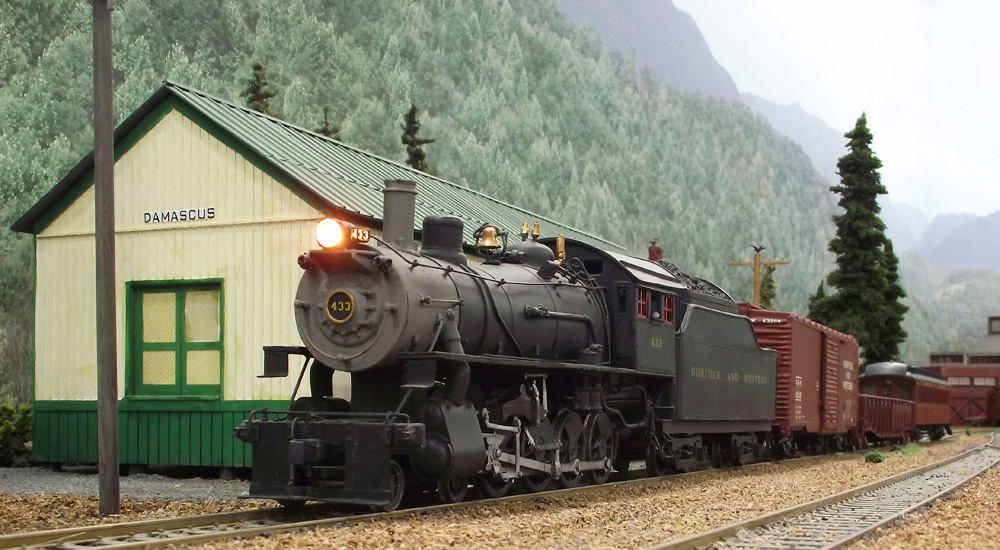
Q: Do the passenger cars in mixed trains go in front of the freight cars, or vice versa? — Stanley Lachac A: As is so often the case in questions about railroading, the answer is, it depends. As I wrote in my answer to Joe Mizell’s question in the February 2020 “Ask MR,” a mixed […]
Read More…
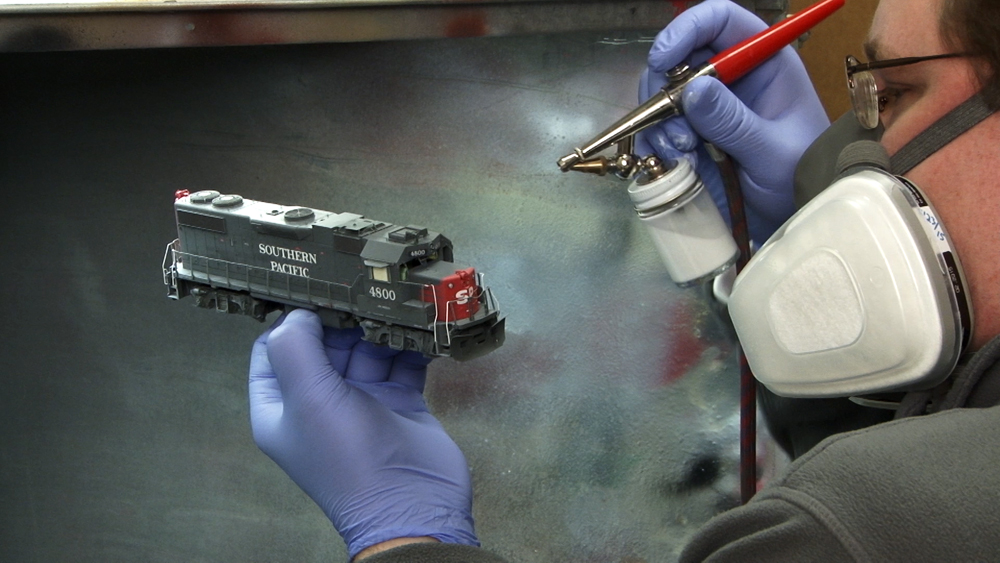
In my 20-plus years with Model Railroader magazine, I’ve written several how-to articles on airbrushing. Some have focused on using the tool to re-create models you can’t find on the shelf, such as “How to paint multi-color locomotives” in the September 2013 issue. Others, including “How to weather coal hoppers” in December 2012, have demonstrated […]
Read More…
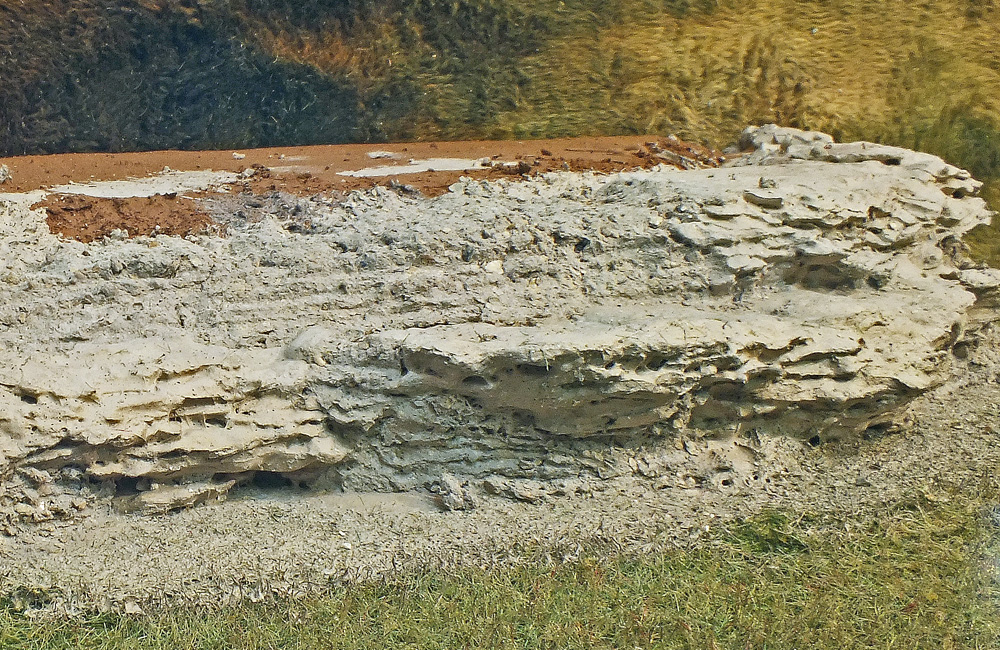
Q: What can I do to make natural scenery products safe for my layout? I’m starting an HO layout in my home and have collected several pieces of tree bark and other plant pieces which I hope to incorporate into the scenery on that layout. I’ve kept these items in a closed dark plastic garbage […]
Read More…
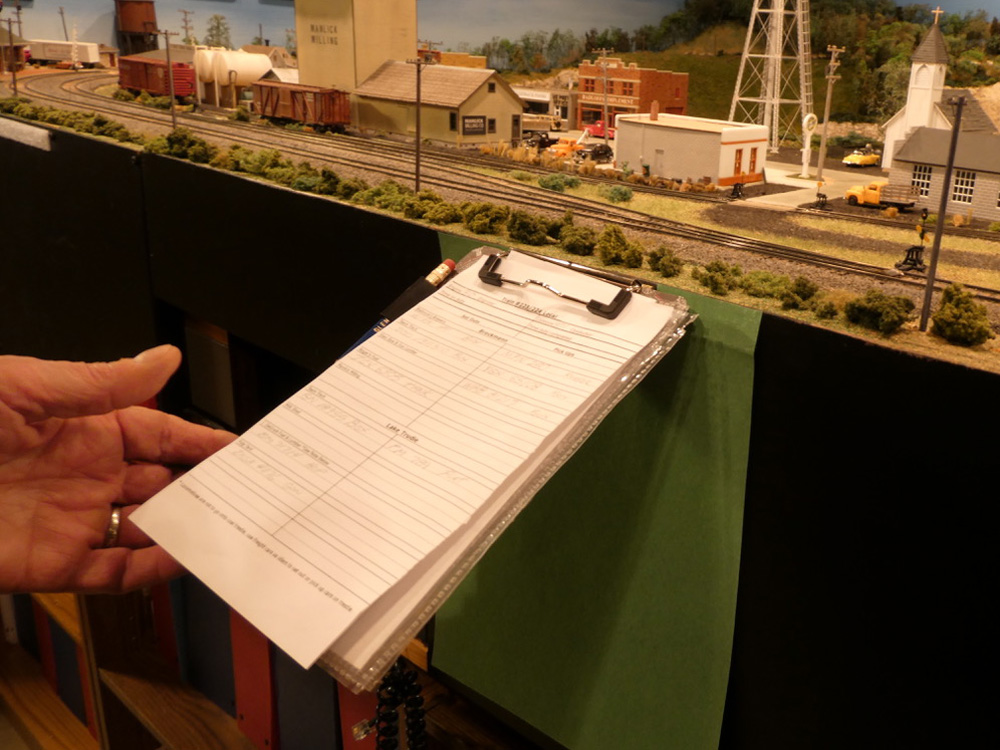
If you’re like me, you put a lot of work into your model railroad scenery, and the last thing you want to see is an operator putting his paperwork on the layout during an operating session. This situation was a concern for me, so I turned to hook and loop fasteners and piano hinges to […]
Read More…
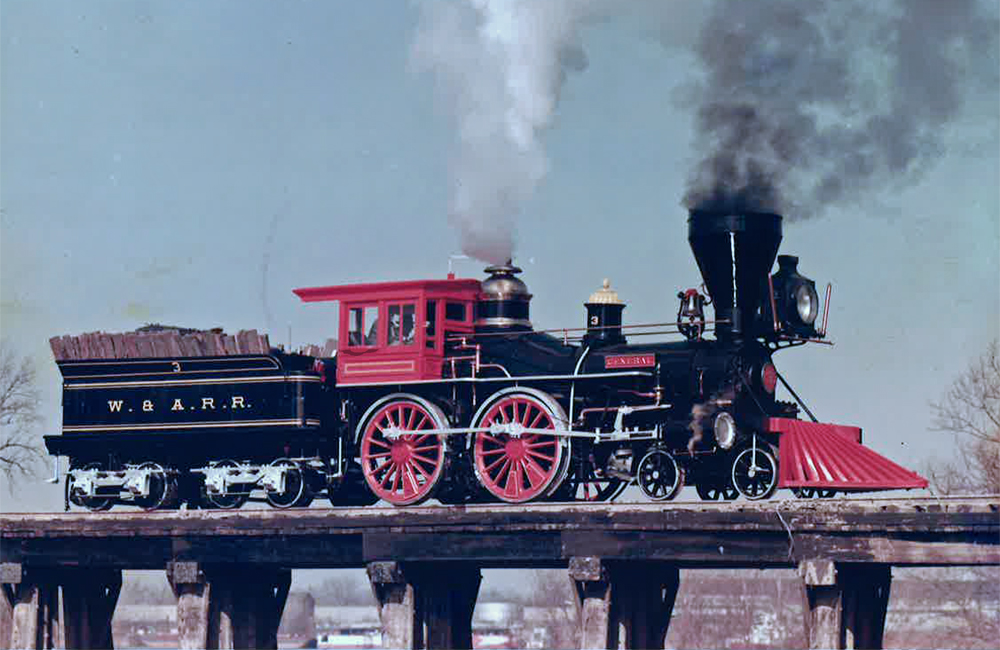
Q: I’m familiar with where the water filler is on more modern steam locomotive tenders. But I don’t see a similar place for water to be taken in on the old wood burning engines, like The General. Can you enlighten me? — Robert Taunt A: The General was a 4-4-0 American-type steam locomotive belonging to […]
Read More…
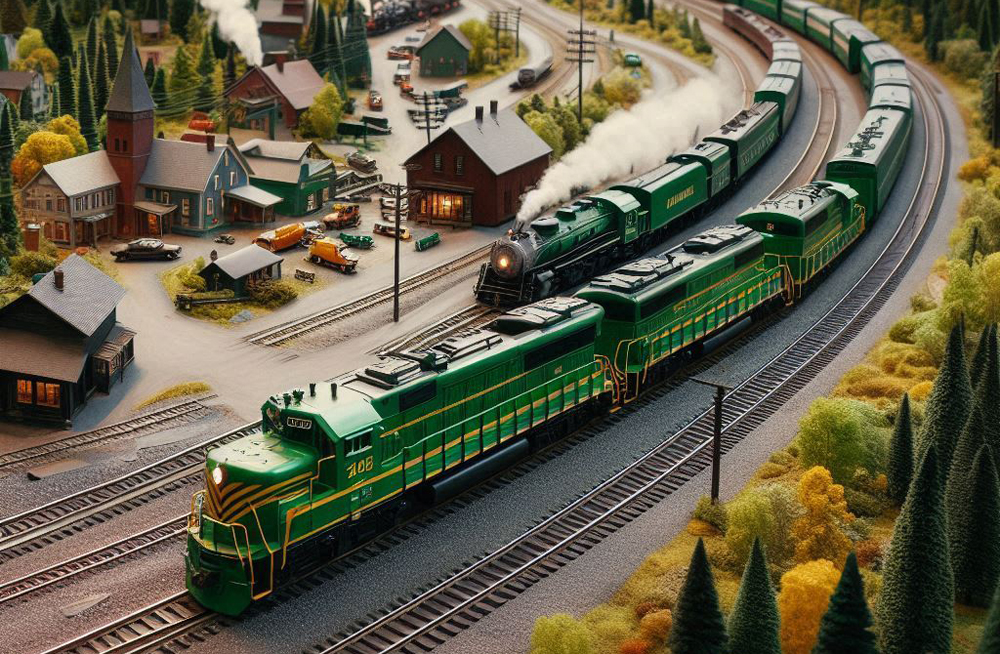
Large language models (LLMs) or as they are colloquially known, AI, have made impressive progress since I last explored possible use cases relating to model railroading last summer, in the form of both chat-based programs and image generation. With a year having passed between then and now, I thought it would be worth revisiting this […]
Read More…
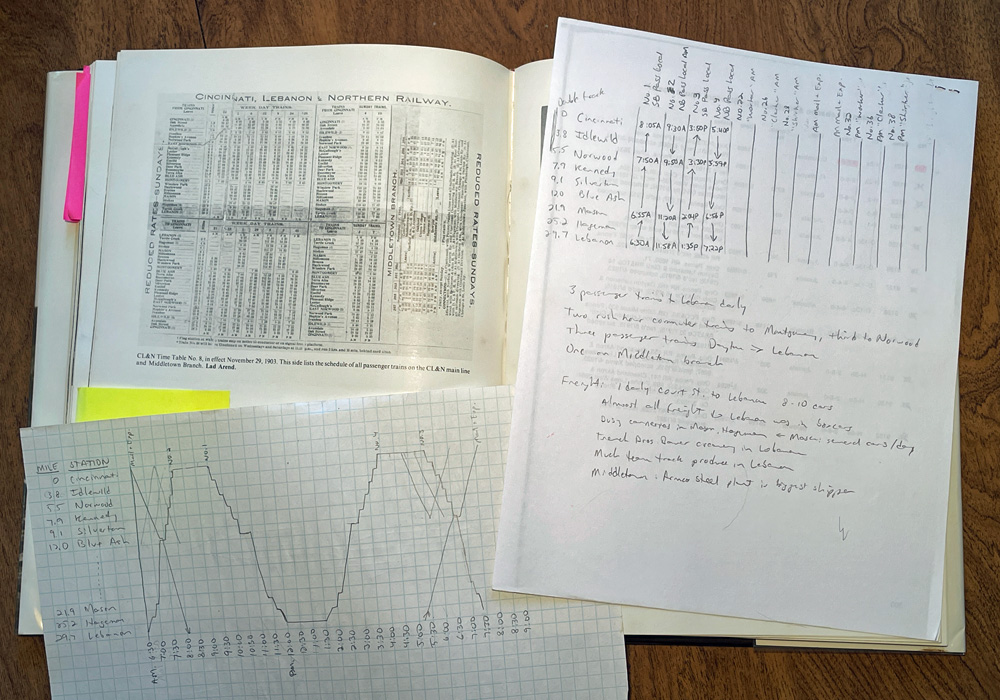
Q: Did short line railroads use timetables for such loads as logs, lumber, cattle, grain, merchandise, and the like for short distances such as 100 miles or less? For example, is a timetable necessary for a train running back and forth between a log landing site and a small lumber mill? — Russell Brenchley, Cottage […]
Read More…
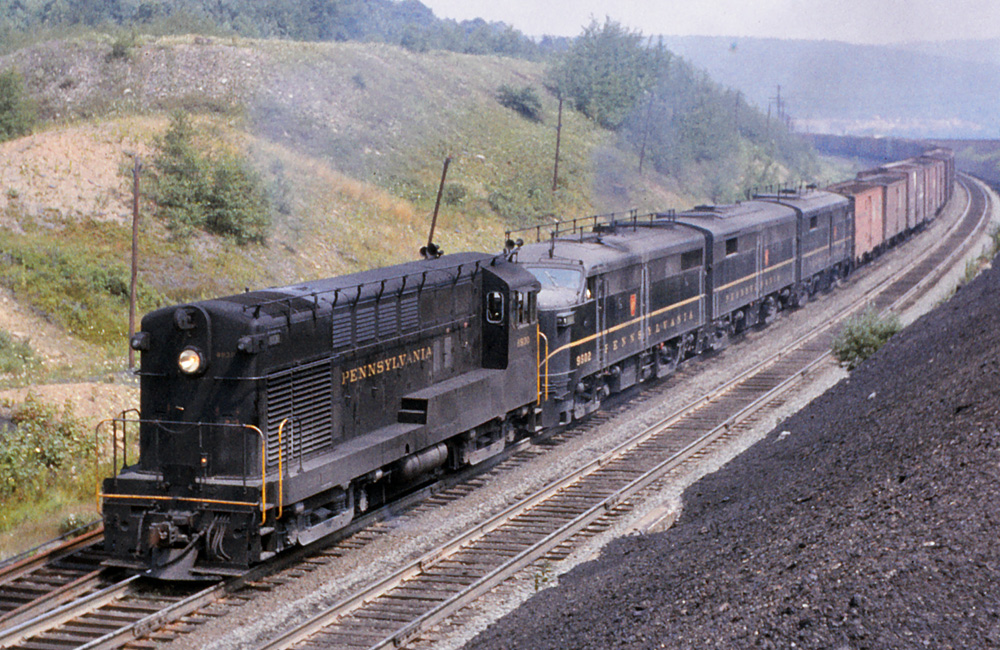
Q: What are the bars on top of Pennsylvania RR diesel locomotives for? Are they for radio? — Damien Bouchey A: Those aren’t for radio, though they served the same function — communication. Those are Pennsylvania RR Trainphone antennas. In the mid-1930s, the Pennsy was looking for a more efficient way for dispatchers and towermen […]
Read More…
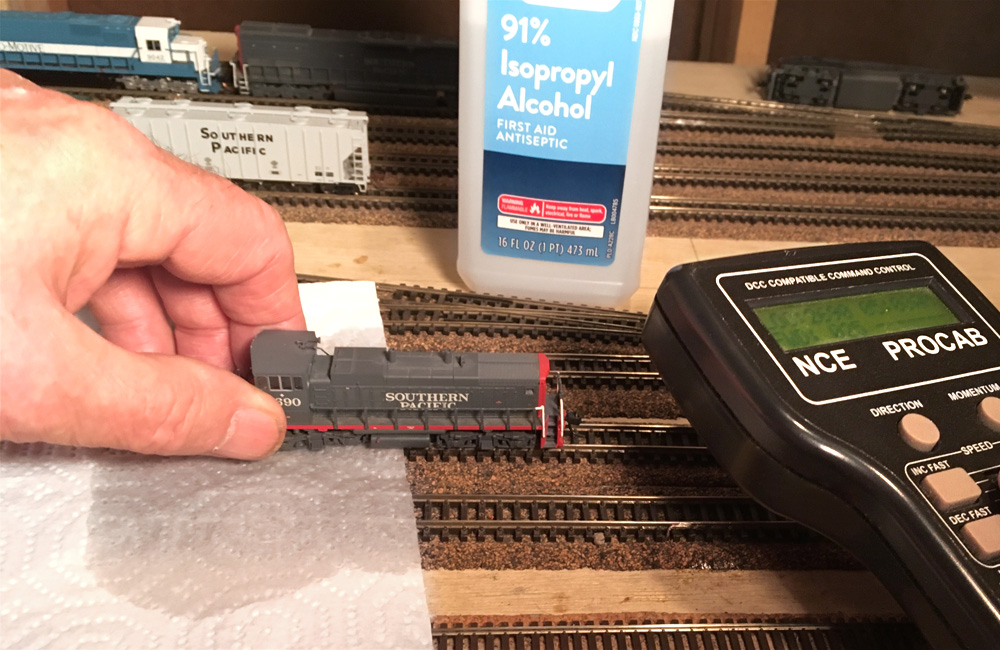
Q: I have heard of some of the uses for alcohol in model railroading, such as cleaning parts, removing paint, and track cleaning. Are there other uses I’m not aware of? And at what strengths would be used? — Ron Buddemeier A: Isopropyl alcohol is a fairly strong solvent, and as such, there are a […]
Read More…
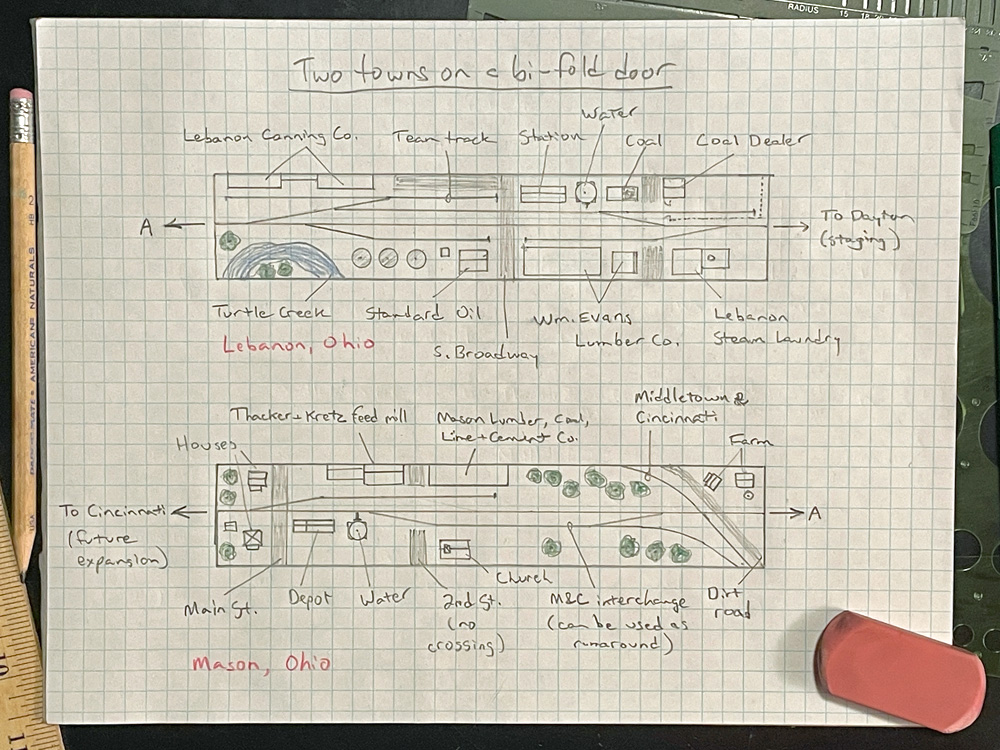
When people think about building a model train layout on a hollow core door, they most often envision an N scale layout, like our Red Oak project (which was published starting in MR’s January 2015 issue). Admittedly, hollow core doors are a convenient size for small N scale layouts, since nested 9.5” and 11” radius […]
Read More…












